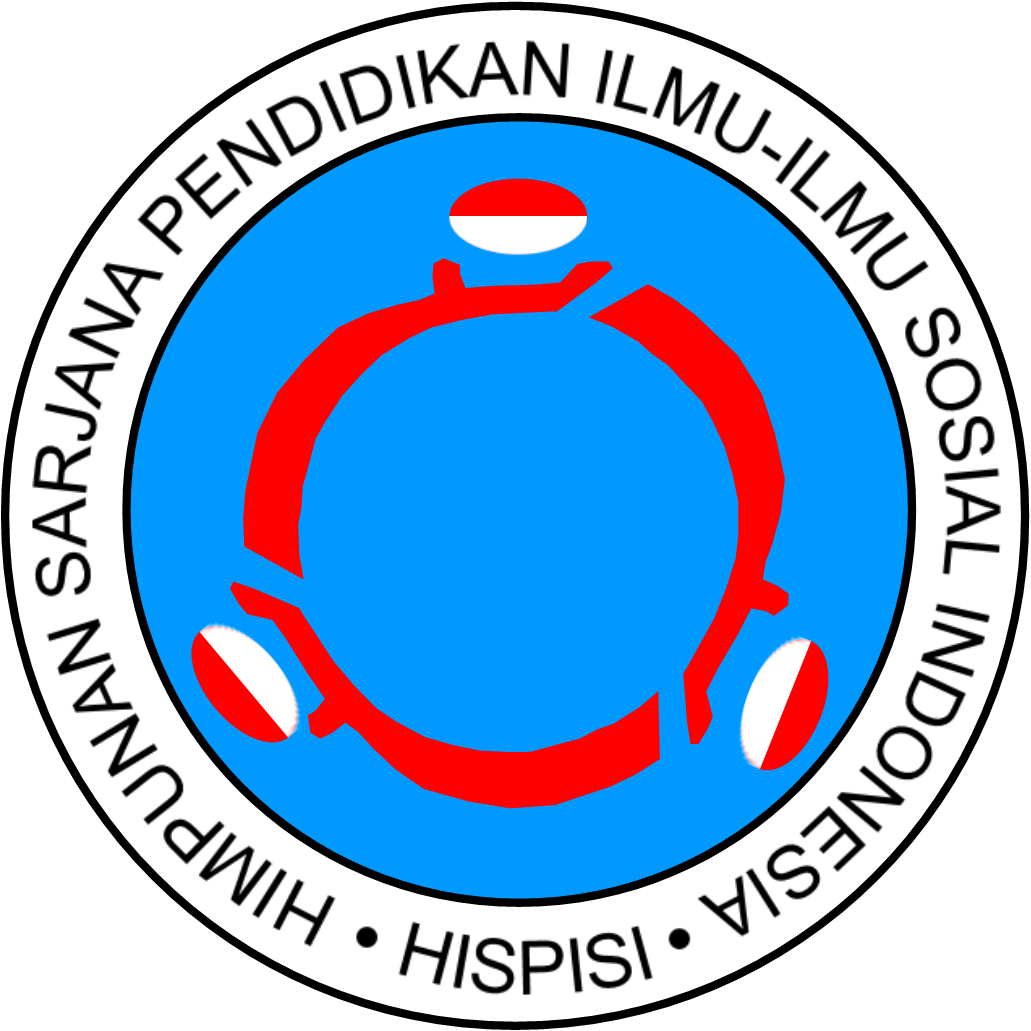Internalization of Pakpak Writing Characters for Daily Disclosure
Abstract
The existence of the Pakpak language among the families and communities of Pakpak migrants from time to time is further eroded by the incomprehension of its 'writing and pronunciation.' As an initiative to defend his vision against the scour of civilization, for the sake of preserving the culture and habits of these ethnic linguistic characters, the author searches for and finds Pakpak's original writings to get character letters that explain how to express them in everyday language. This research was conducted using qualitative methods, data collection through literature study, observation, online interviews, and document analysis. The purpose of this research is to a) internalize the characters of Pakpak's writing for the love of his identity; and b) can be socialized as an alternative in the process of learning written characters and tribal languages for the sake of awakening local wisdom based on aesthetics and ethics. The results showed that strengthening the understanding of Pakpak's writing can foster the character of an individual with a personality.
Keywords
Full Text:
PDFReferences
Bakry, U. S. (2017). Pemanfaatan metode etnografi dan netnografi dalam penelitian hubungan Internasional. Jurnal Global & Strategis, 11(1), 15-26.
Bintari, P. N., dan Darmawan, C. (2016). Peran pemuda sebagai penerus tradisi sambatan dalam rangka pembentukan karakter gotong royong. Jurnal Pendidikan Ilmu Sosial, 25(1), 57–56.
Faiz, A., Hakam, K. A., Sauri, S., dan Ruyadi, Y. (2020). Internalisasi nilai kesantunan berbahasa melalui pembelajaran pai dan budi pekerti. Jurnal Pendidikan Ilmu Sosial, 29(1), 13-28.
Mayakania, N. D. (2013). Internalisasi nilai-nilai pendidikan karakter melalui kakawihan kaulinan barudak buhun di komunitas ‘ hongâ€tm bandung. Panggung, 23(4), 443–455.
Faiz, A., Hakam, K. A., Sauri, S., dan Ruyadi, Y. (2020). Internalisasi nilai kesantunan berbahasa melalui pembelajaran pai dan budi pekerti. Jurnal Pendidikan Ilmu Sosial, 29(1), 13-28.
Mohajan, H. K. (2018). Qualitative research methodology in social sciences and related subjects. Journal of Economic Development, Environment and People, 7(1), 23–48.
Sakti, S., and Nakamura, S. (2014). Recent progress in developing grapheme-based speech recognition for indonesian ethnic languages: javanese, sundanese, balinese and bataks. Language Technologies for Under-Resourced Languages, 3(May), 46–52.
Sandelowski, M. (2010). What’s in a name? Qualitative description revisited. Research in Nursing & Health, 33(1), 77–84.
Sidiq, U., Choiri, M., dan Mujahidin, A. (2019). Metode penelitian kualitatif di bidang pendidikan. Journal of Chemical Information and Modeling, 53(9), 1–228.
Sumiati, S. (2018). Modal sosial pada pendidikan multikultural dalam pembelajaran sosiologi di SMAN 1 Banjarmasin. Jurnal Pendidikan Ilmu Sosial, 27(2), 179–184.
Taylor, R. (1997). Asian economies in transition: reforming centrally planned economies. Asian Affairs, 28(1), 57–181.
Zuska, F. (2013). Politik etnisitas dalam pemekaran daerah. Antropologi Indonesia, 33(3), 203–216.
Zaidi, S. B., and Zaki, S. (2017). English language in Pakistan: Expansion and resulting implications. Journal of Education & Social Sciences, 5(1), 52-67.
Harianto II, H. I., Amin, T. S., and Zulfitri, Z. (2020). Phonological study of Mandailing Angkola Languages in North Sumatra. Jurnal Educatio FKIP UNMA, 6(2), 729-739.
Hutajulu, D. M., and Nasir, M. (2018). Analysis of the Leading Sector and the Effect of the Economic Growth: A Case Study in Pakpak Bharat Regency, Indonesia. Studia Universitatis Vasile Goldiș Arad, Seria Științe Economice, 28(3), 37-49.
DOI: https://doi.org/10.17509/jpis.v31i1.29425
Refbacks
- There are currently no refbacks.
Copyright (c) 2022 Sahala Solin

This work is licensed under a Creative Commons Attribution-NonCommercial-ShareAlike 4.0 International License.














